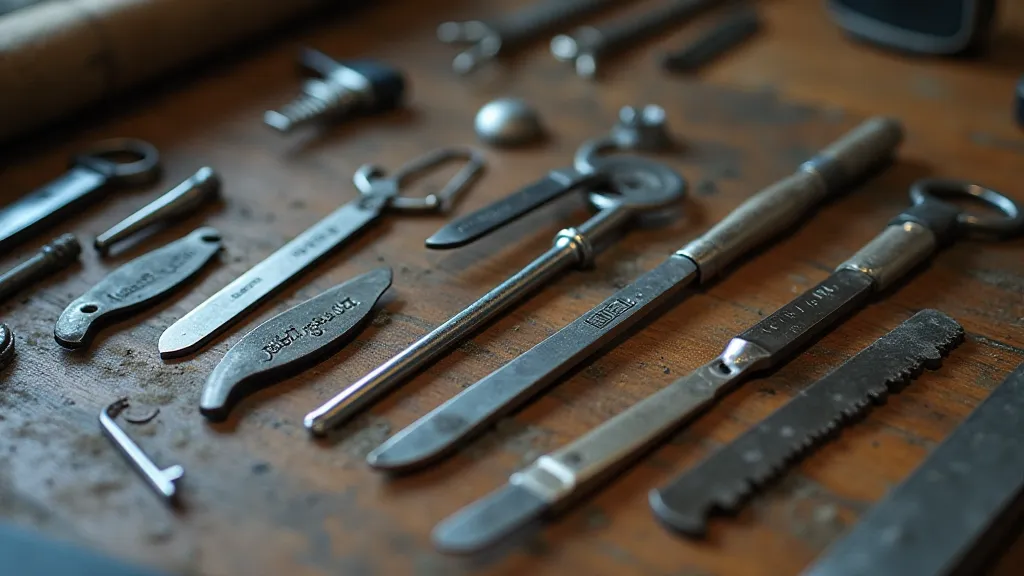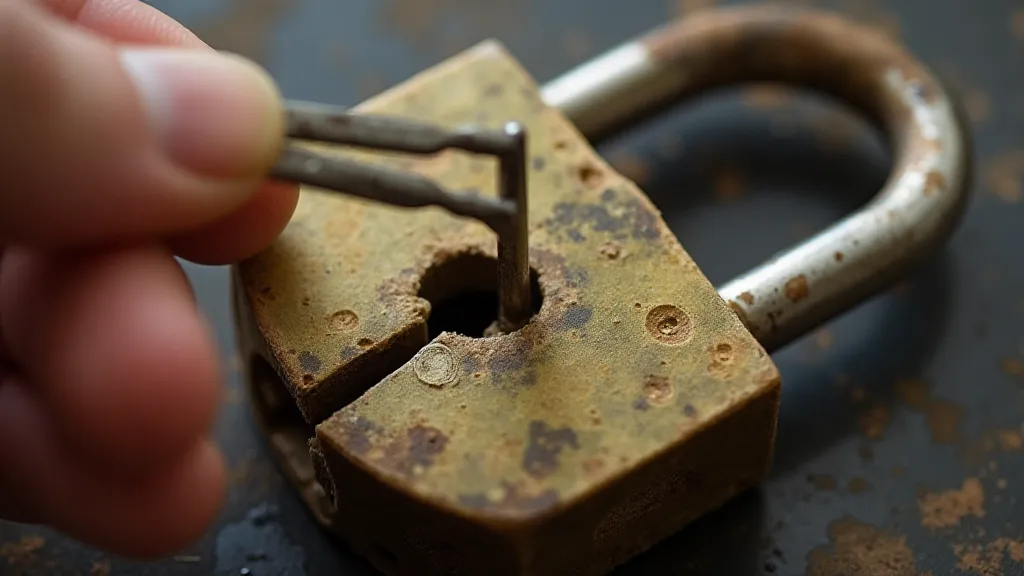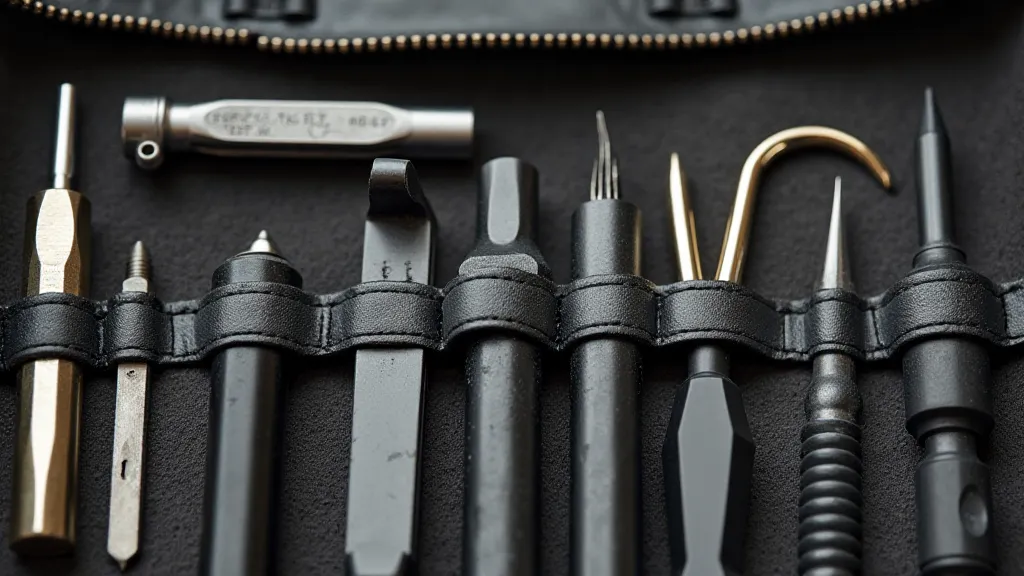Essential Lock Picking Tools: A Beginner's Toolkit & Safety Guide
Welcome to the fascinating world of lock picking! While it might seem daunting at first, building a basic toolkit and understanding the principles behind it is quite achievable for beginners. This guide will walk you through the essential tools, their functions, and crucially, a vital safety and ethical considerations section.
The Core Tools: Picks & Tension Wrenches
Lock picking revolves around two core types of tools: picks and tension wrenches (also known as torsion tools). Picks manipulate the internal components of a lock (the pins or wafers), while tension wrenches apply rotational pressure to the cylinder, allowing the manipulated pins to set.
Picks: The Manipulation Masters
Picks come in a bewildering array of shapes and sizes. Don't be overwhelmed! Here's a breakdown of common types and their uses:
- Hook Picks: These are versatile and excellent for single-pin picking – manipulating each pin individually. They're good for practicing and understanding lock mechanisms.
- Rake Picks: Rake picks have a series of angled edges or teeth. They are used to quickly try and “rake” the pins into the right position simultaneously. While not as precise as single-pin picking, they're faster and good for learning the feel of a lock.
- Diamond Picks: Diamond picks are a popular all-around choice, offering a good balance of versatility and precision.
- Half-Diamond Picks: A hybrid of diamond and hook picks, offering a broader application.

Material matters too. Picks are commonly made from steel, but some are made from nylon or other plastics. Steel picks are generally more durable and provide better feedback.
Tension Wrenches: Applying the Pressure
Tension wrenches apply consistent turning force to the lock cylinder. This is crucial – without the right tension, the pins won’t set correctly. Like picks, they come in different designs:
- Z-Bars: Simple, easy to use, good for beginners.
- L-Bars: Similar to Z-bars, offering slightly different leverage.
- S-Bars: A good alternative offering a different feel.
- Toggle Wrenches: Offer more precise tension control but require a bit more practice to master.
The right amount of tension is key. Too much or too little will prevent you from picking the lock.
Building Your Beginner's Toolkit
You don’t need to spend a fortune to get started. A basic toolkit could include:
- A set of 5-10 hook picks (various sizes and shapes)
- A rake pick
- A diamond pick
- 2-3 different tension wrenches (Z-bar, L-bar, maybe a toggle wrench)
- A pick storage case (optional, but highly recommended to keep your tools organized and protected)
Care, Maintenance, and Storage
Your lock picking tools are an investment. Proper care will extend their lifespan:
- Cleaning: Remove any debris or grime after use with a clean cloth or mild solvent (isopropyl alcohol works well).
- Lubrication: A small amount of lock lubricant can prevent rust and keep your tools working smoothly.
- Storage: Store your tools in a dedicated case to protect them from damage and loss. Keep them away from children.
Safety, Ethics, and Legal Considerations: A CRUCIAL Section
This is paramount. Lock picking carries significant ethical and legal responsibilities. This guide is for educational and recreational purposes ONLY.
- Never use your skills to gain unauthorized access to property. This is illegal and unethical.
- Obtain permission before practicing on any lock. This could be a practice lock you've purchased, or a lock with the explicit consent of the owner.
- Understand your local laws. Lock picking laws vary widely. Research and comply with the laws in your jurisdiction. Possessing lock picks can be illegal in some places even if you have no intention of using them for illicit purposes.
- Respect property rights. Lock picking is a skill that should be used responsibly and ethically.

Beyond the Basics
Once you're comfortable with the basics, you can explore more advanced techniques and specialized tools. However, always remember to prioritize safety, ethics, and legal compliance.






